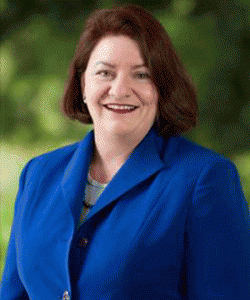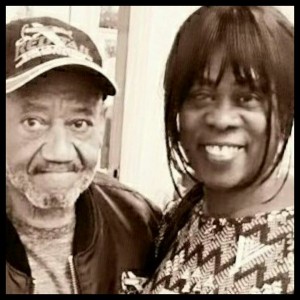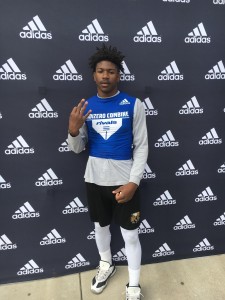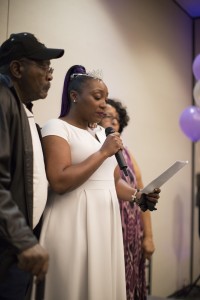
Senator Toni Atkins
By Manny Otiko, California Black Media
This month, State Senator Toni G. Atkins (D-San Diego) will become the first woman to lead the California Senate. She will replace former Senate President pro Tempore Kevin de Leon (D-Los Angeles) who is running against Dianne Feinstein for a seat in the U.S. Senate. Before being elected to the State Senate, Atkins worked as director of clinic services at Womancare Health Center and served as a city council member and mayor of San Diego.
She was later elected to the State Assembly eventually serving as the first female speaker. Atkins was elected President pro Tempore by the Senate Democratic Caucus in January and will officially take office on March 21.
Atkins was elected President pro Tempore by the Senate Democratic Caucus in January and will officially take office on March 21.
“Leading this great State Senate and our united and always productive Caucus at this crucial moment in history is an extraordinary opportunity and a great responsibility – and I believe every senator has a vital role in building a brighter future for the Californians we represent,” said Atkins.
Atkins, who represents the 39th District in the San Diego area, grew up in Virginia, the daughter of two blue-collar parents. She cites this as one of the reasons why she has supports affect policies such as universal healthcare coverage. Atkins also supported the state’s first Earned Income Tax Credit.
As Speaker of the House, she also helped prevent the University of California from implementing a 27 percent fee increase. She has also authored SB 2, which provides permanent budget funding to address affordable housing, which is a major issue for many Californians.
“Homelessness has become a humanitarian crisis in many areas of California, and my home city of San Diego has been hit hard. There’s far too much suffering on our streets,” said Atkins. “SB 2 will help by providing desperately needed funding for permanent housing with supportive services to stabilize people who are living with significant medical or mental-health issues.”
As leader of the State Senate, Atkins will have her hands full dealing with the #Metoo movement, which has raised national awareness about sexual harassment. Democratic Senator Tony Mendoza (D-Artesia) has already resigned due to the scandal, and Senator Bob Hertzberg (D-Los Angeles) is currently under investigation for sexual harassment.
“Our first priority is to create a safe working environment for our employees, and accepting Tony Mendoza’s resignation is consistent with that goal. Going forward, I will work with my colleagues to ensure that our zero-tolerance policies on sexual harassment are backed up with strong enforcement in order to guarantee that all employees are protected,” said Atkins.
 Westside Story Newspaper – Online The News of The Empire – Sharing the Quest for Excellence
Westside Story Newspaper – Online The News of The Empire – Sharing the Quest for Excellence



